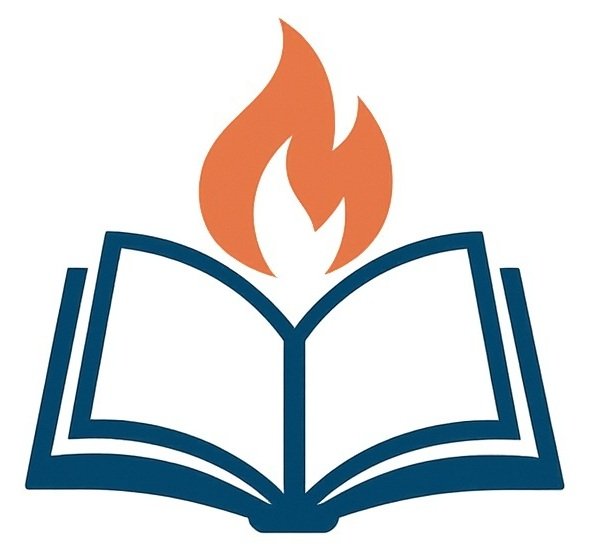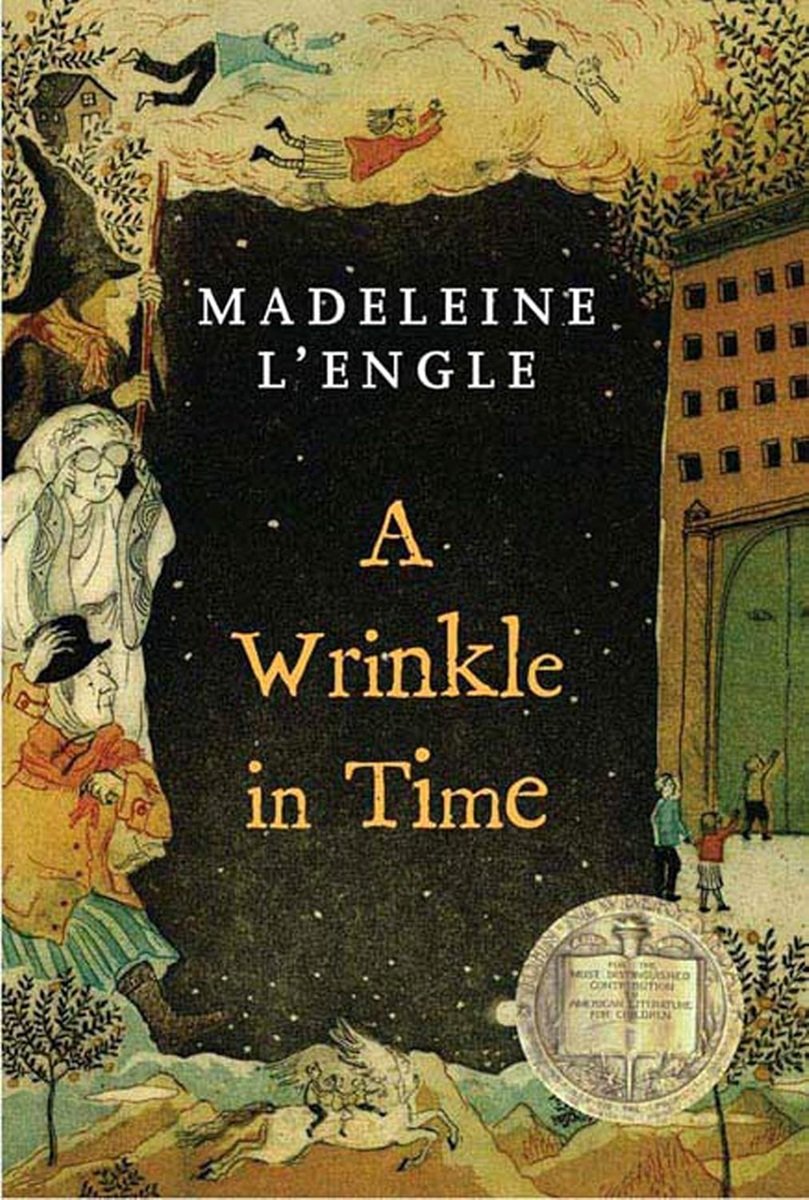Your cart is currently empty!
A Wrinkle in Time by Madeleine L’Engle is a timeless science fiction novel that follows Meg Murry, her brother Charles Wallace, and friend Calvin O’Keefe as they journey through space and time to rescue Meg’s father from a dark, evil force. This literature guide provides engaging activities, including chapter summaries, character analyses, theme explorations, discussion questions, and creative writing prompts, designed to deepen comprehension and critical thinking. Suitable for grades 5–8, this guide helps students connect with L’Engle’s imaginative world while developing essential literary skills in an interactive and meaningful way.

| Title: | A Wrinkle in Time |
| Author: | Madeleine L’Engle |
| Year Published: | 1962 |
| Suitable Grade Level: | 5–8 |
| Key Themes: | – Good vs. Evil: The battle between light and darkness, both externally and internally. – Courage and Perseverance: Importance of bravery in the face of fear. – Love and Family: The power of familial love to overcome challenges. – Individuality vs. Conformity: Resisting pressures to conform. – Science and Faith: Blends scientific concepts with spiritual questions. |
| Literary Elements: | – Characterization: Deep, multidimensional characters, particularly Meg. – Plot: Adventure-driven with science fiction and fantasy elements. – Setting: Earth, distant planets, and other dimensions. – Conflict: Internal and external struggles against evil forces. – – Symbolism: Tesseracts and darkness as metaphors for abstract concepts. |
| Rhetorical Devices: | – Imagery: Vivid descriptions of worlds and creatures. – Allegory: Personification of abstract concepts like evil and love. – Dialogue: Reveals character growth and moral lessons. – Foreshadowing: Hints at future events to build suspense. |
| Curriculum Connections: | – Science: Introduces concepts of space, time, and dimensions. – Literature: Supports analysis of character, plot, and theme. – Ethics/Philosophy: Encourages discussion on morality and courage. – Critical Thinking: Analysis of symbolism, allegory, and abstract concepts. |

